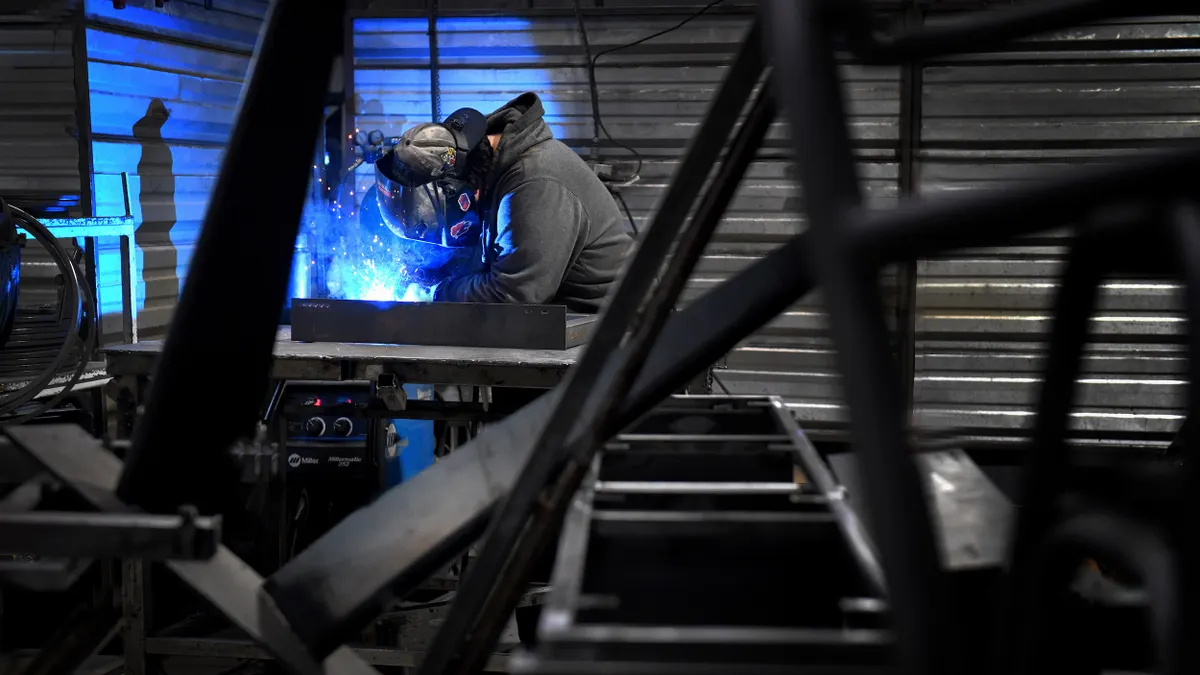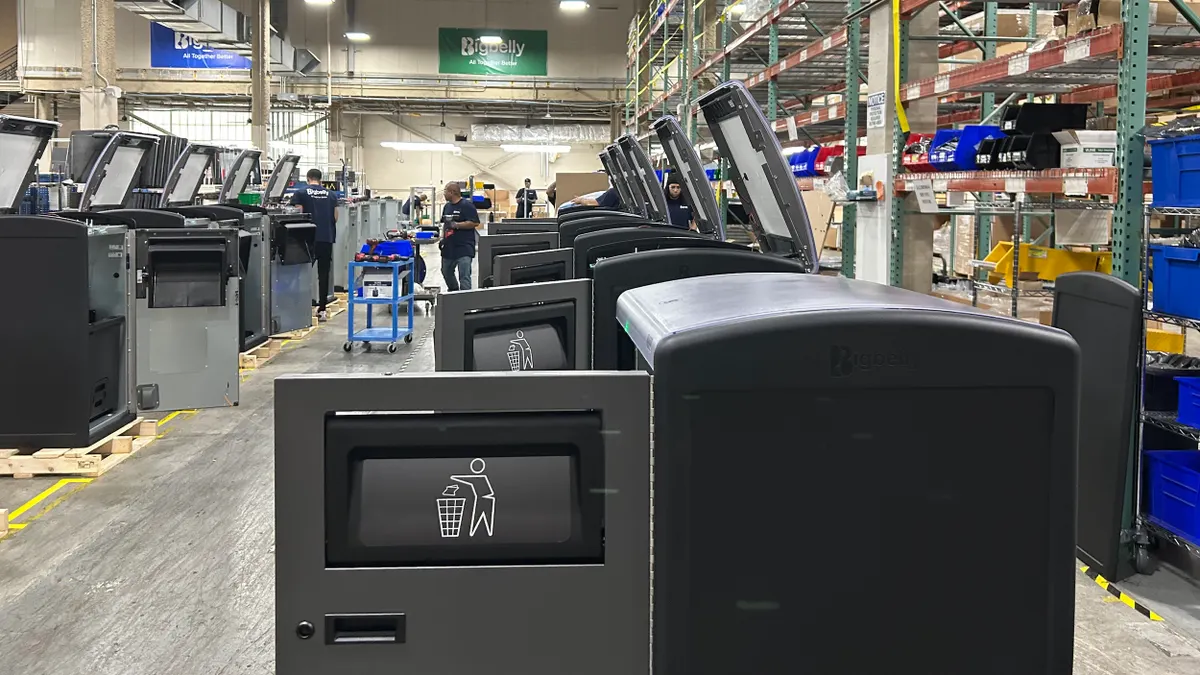Don Brock is a retired senior executive with over 25 years of experience in food and consumer product manufacturing. Opinions are the author’s own.
Manufacturing in the United States isn’t romantic.
Despite what glossy ads, political speeches and tech expos suggest — gleaming robots, spotless factories and the promise of bringing jobs back home — the reality is more brutal.
I’ve learned it’s steel-toed boots, long hours and being measured by your last shift, your last run, your last screw-up. And for those who stay it’s also about pride, grit and mastery. But none of it comes easily.
As the country talks about reviving American industry, the real question is whether our workforce — and our expectations — are ready for what that truly demands. These are some of my lessons from decades on the job.
The entry point is hard, fast and underpaid
Most people don't "choose" manufacturing; they land in it. Sometimes from a technical school. Often from circumstance. You get your foot in the door — running a filler, packing pallets, loading raw materials — and you realize quickly that no one's waiting to hand you anything.
The work is physical. The pay at the beginning is barely enough. Maybe $18 an hour, if you're lucky. Maybe rotating 12-hour shifts with no childcare. The benefits vary widely — union shops can be solid; non-union ones often tread the fine line between acceptable and exploitative.
And the unspoken reality is you may experience injuries, repetitive stress, line fatigue and night shifts that screw up your sleep for years.
The climb has no map, few guides
Moving up in manufacturing requires more than hustle. It takes visibility, timing and often politics.
The best operators don't always become supervisors. The best supervisors don't always get promoted. And there's usually no clear pathway — just a mix of luck, attrition and whoever happens to be watching.
Middle management? That's where careers either advance or stall. You're stuck between the C-suite's cost obsession and the frontline's daily chaos. You make decisions no one thanks you for and get blamed for outcomes you didn't control.
Leadership in manufacturing is not about glossy strategy decks. It's about walking the floor when you're exhausted, defusing conflicts with HR breathing down your neck, keeping lines running when half the crew calls out and still hitting a margin target that was set by someone who's never touched a valve or heard a piston seize.
The culture is a mixed bag
The culture varies. Some plants are toxic: blame-heavy, turf-driven, unsafe. Others are tight-knit, even familial, where veterans look out for rookies and you solve problems with duct tape and a handshake.
But make no mistake: ego, burnout and generational divides are everywhere. The old guard resents the new hires. The latest hires roll their eyes at "the way we've always done it." HR often spends more time rolling out diversity initiatives than addressing the real, unresolved safety issues on the third shift, where the newest, least experienced workers face the highest risks.
And most outsiders — executives, consultants and media — don’t understand what it takes to build something, fix something, or keep it running continuously 24/7 without failure.
The rewards are real, but earned
If you survive the grind — and learn to lead — manufacturing offers something no desk job can. You can point to something and say, "We made that."
You learn systems. You learn people. You learn what it means to stand up under pressure and keep going when everything's breaking. And for some, you learn how to transform not just product, but culture — how to lead turnarounds, build teams and leave plants better than you found them.
Yes, the money gets better. Six figures is attainable if you transition into operations leadership, technical direction, or supply chain management. But you'll earn every penny in sleepless nights, holiday calls and constant stress.
And still, you might get laid off after a merger and reorganized when a private equity group cuts costs or pushed out when you're "too expensive" after building the whole damn system.
It's either a calling, or it breaks you
Manufacturing, although not easy, has been a productive career for me. However, are we willing to invest in what it takes to make that the case for everyone?
Manufacturing will harden you, humble you, and — if you let it — shape you into something fierce and capable. But it’s not for the faint of heart or the glory-seeker.
It’s for those who believe in execution over excuses, in teams over titles and in building things that matter — even when no one’s looking.
So, what’s it like to build a career in U.S. manufacturing? It’s brutal. It’s beautiful. And it’s real work.
As the country rallies around the idea of bringing manufacturing back home, we need to ask: Is this truly what we want? And if so, are we prepared to invest in the education, training and cultural readiness it demands?



















